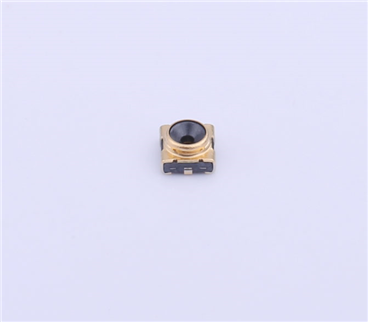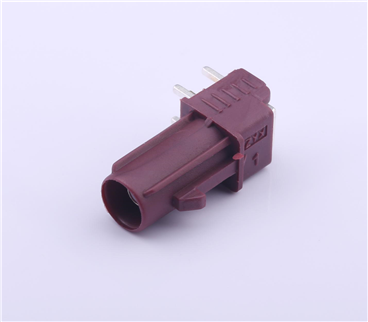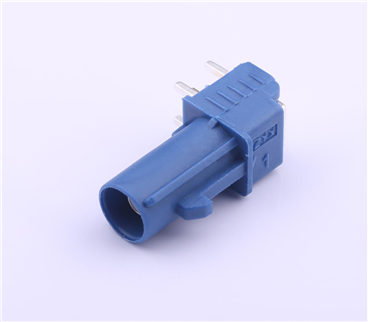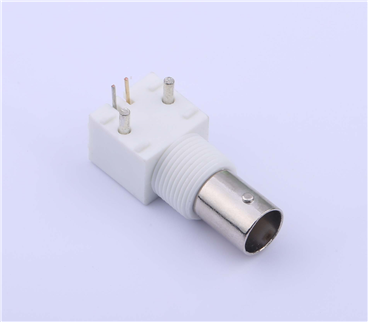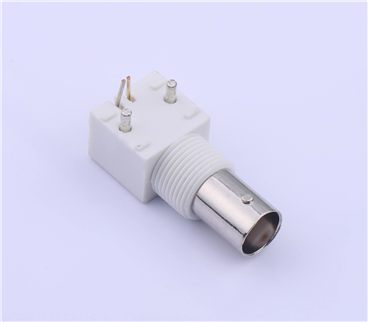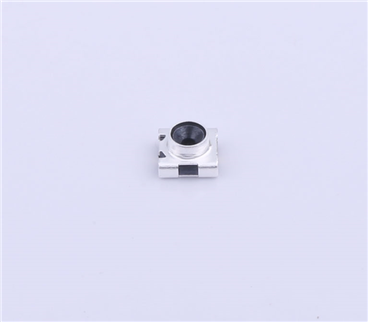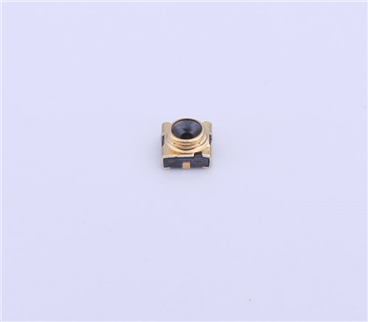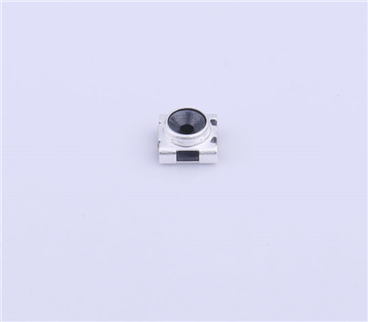Service hotline
+86 0755-23615795
Release date:2025-07-21Author source:KinghelmViews:21
In the field of wireless communication, FRP (Fiber Reinforced Plastic) antennas occupy an important position in outdoor and industrial scenarios thanks to their unique materials and performance. However, many users lack a systematic understanding of their pros and cons, making it difficult to choose the right product for specific needs. This article analyzes the advantages and disadvantages of FRP antennas from multiple aspects—including performance, environmental adaptability, cost, and applications—and provides practical selection advice to help you fully understand this special type of antenna.
1. Core Advantages of FRP Antennas
(1) Excellent Signal Transmission Performance
1. High gain, long-distance coverage: FRP antennas typically offer gain levels between 5–15 dBi, far higher than ordinary whip antennas (2–5 dBi). For example, a directional FRP antenna operating at 5.8 GHz can focus its radiation in one direction to achieve stable communication over several kilometers—ideal for wireless bridges, base stations, and other devices requiring extended coverage.
2. Stable transmission on dedicated bands: FRP antennas are often designed for specific frequency bands (e.g., 433 MHz, 2.4 GHz, 5.8 GHz). Within these bands, they exhibit low signal loss and high transmission efficiency. For instance, a 5.8 GHz FRP antenna for drone video transmission maintains a low VSWR (≤1.5), reducing signal reflection and ensuring stable high-definition image transfer.
1. Outstanding weather resistance for harsh environments: The fiberglass outer shell—composed of glass fiber and resin—can withstand UV rays, rain, and extreme temperatures (from -40°C to 80°C). When used outdoors (e.g., on mountain base stations or coastal monitoring equipment), FRP antennas degrade much slower than ordinary metal antennas and can last 5–10 years.
2. High corrosion resistance and EMI protection: The insulating nature of FRP helps reduce electromagnetic interference on the internal metal radiator. Additionally, the FRP shell resists acid, alkali, and salt spray corrosion, making it suitable for oil fields, chemical plants, mines, and other complex industrial environments.
1. High strength, impact resistance: FRP has a tensile strength of 200–300 MPa, comparable to steel, enabling it to withstand external forces such as typhoons and hail. Unlike plastic-cased antennas, FRP antennas are less likely to break from collisions or vibration.
2. Integrated structure reduces failure points: The FRP shell and internal metal radiator form a single, sealed structure, avoiding issues like connector loosening common in whip antennas, which can interrupt signals. This design reduces maintenance needs over time.
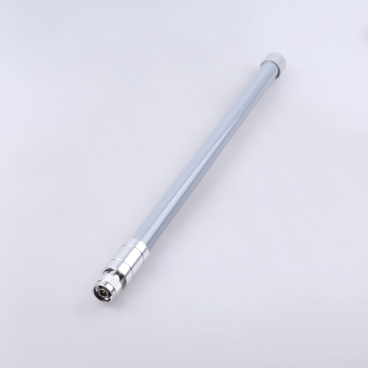
1. Higher material and manufacturing cost: Production involves several complex steps: machining the metal radiator, FRP winding or compression molding, surface finishing, and painting. Materials (glass fiber, resin, high-purity copper) and equipment costs drive up the price. A standard FRP antenna costs around 50–200 RMB, while high-performance directional models can cost several hundred RMB—significantly higher than common whip antennas (5–30 RMB).
2. Higher customization cost: For applications requiring specific bands or dimensions, mold fees and R&D costs can rise substantially, making FRP antennas unsuitable for small-batch projects with tight budgets.
1. Larger size and weight: To achieve required gain and strength, FRP antennas are typically over 30 cm long and weigh 5–10 times more than PCB antennas—making them unsuitable for compact devices like smartphones or smartwatches.
2. Require fixed mounting brackets: The rigid FRP structure cannot bend easily, so installation usually needs dedicated brackets, adding complexity and space requirements—less ideal for confined indoor environments or portable devices.
FRP antennas are generally single-band or dual-band designs and can’t cover multiple bands simultaneously. For example, a 2.4 GHz FRP antenna can’t handle 5.8 GHz signals. Devices requiring multi-band communication must add extra antennas, increasing design complexity and cost.
lOutdoor long-distance communication (e.g., wireless bridges, base stations, forest fire monitoring) requiring weather and UV resistance.
lIndustrial environments (oil fields, chemical plants, mines) demanding corrosion and EMI resistance for stable long-term operation.
lProjects where long-range and stable signals are essential and a higher initial cost is acceptable (e.g., drone video transmission, remote surveillance).
lConsumer electronics (smartphones, Bluetooth speakers), where space, weight, and cost matter more; PCB or spring antennas are better.
lIndoor short-distance communication (like indoor APs or smart home devices), where standard omni-directional antennas meet requirements at lower cost.
lMulti-band communication devices; the frequency limitations of FRP antennas can complicate design. Consider multi-band standard antennas instead.
FRP antennas are a “double-edged sword”: high gain, excellent weather resistance, and long life make them irreplaceable in outdoor and industrial scenarios. But higher costs, lower flexibility, and limited frequency coverage restrict broader use. When choosing, weigh your real needs: if you need stable, long-range outdoor communication and can afford the upfront investment, FRP antennas are an excellent choice. If you care more about cost, compact size, and flexibility, standard antennas may be a better fit.

